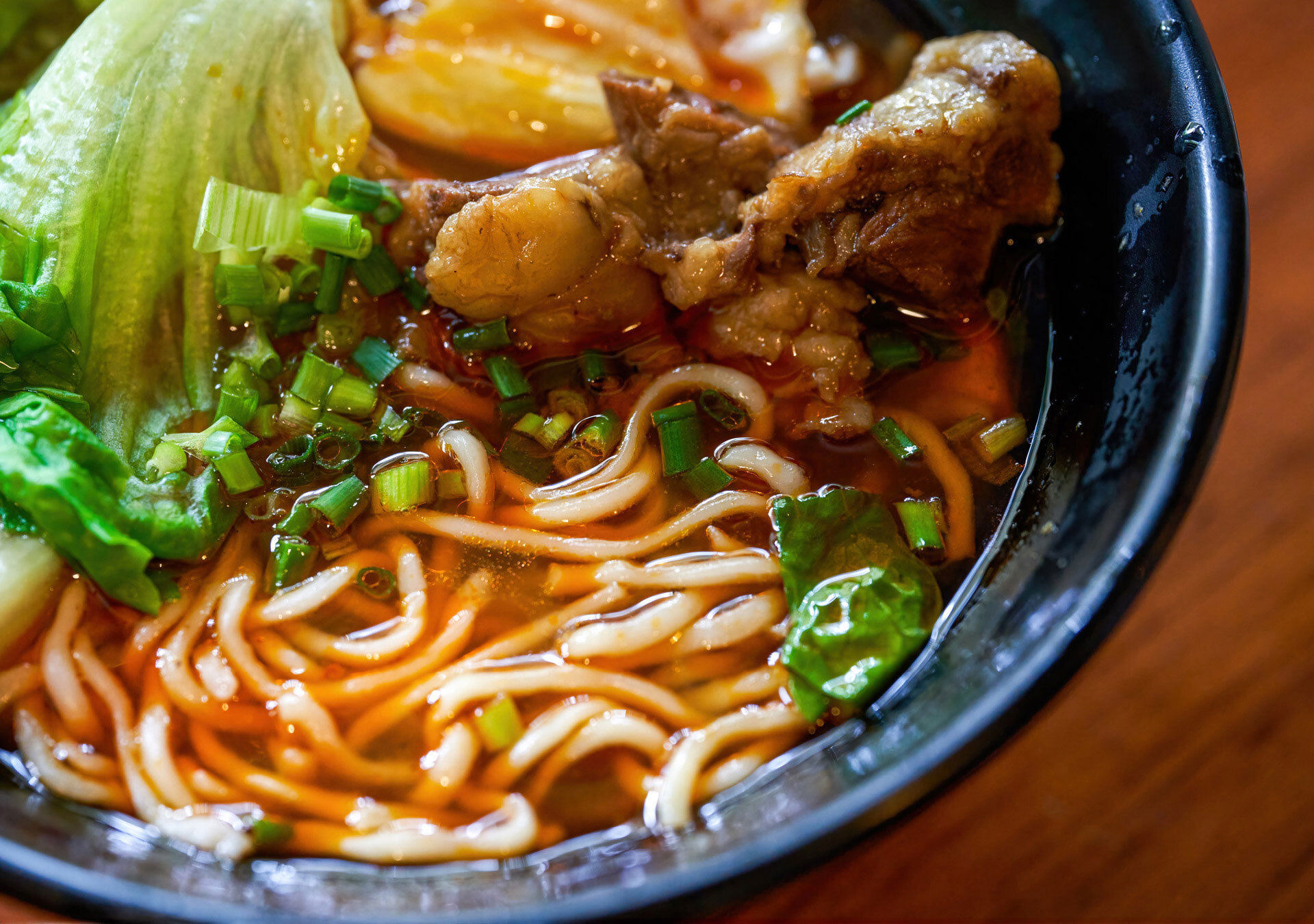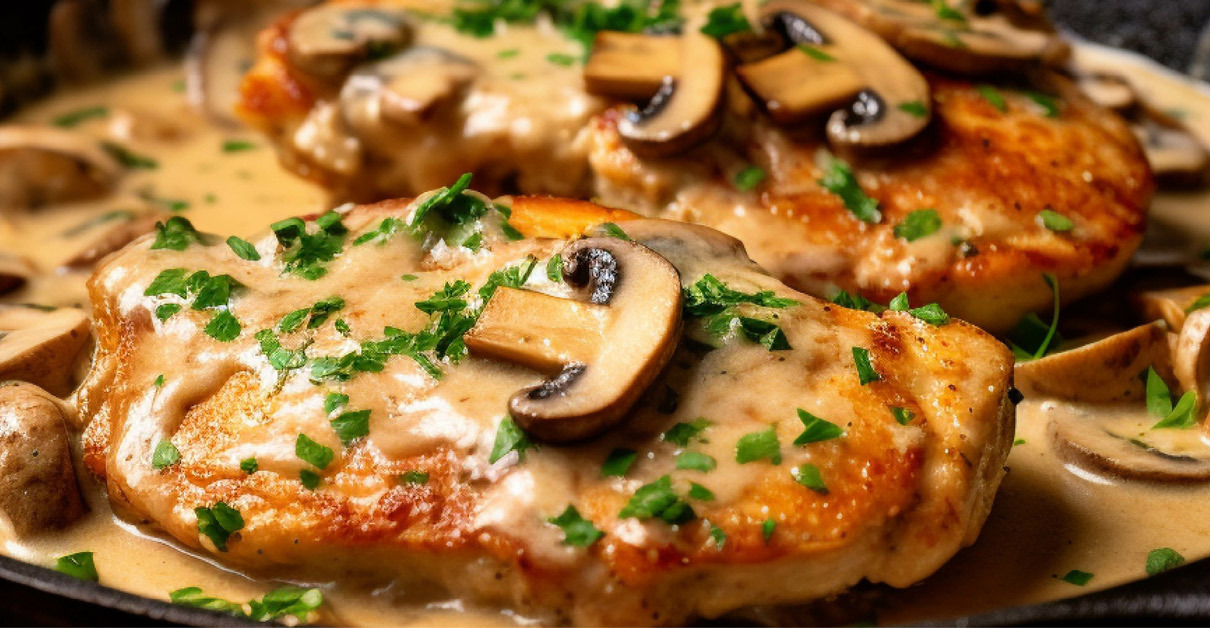Exploring craveability in food & beverage
What makes consumers want their favorite food and drinks?
Eating and drinking are more than consumption – they can be transformative experiences that transport, comfort and exhilarate. Whether it's the allure of picture-perfect aesthetics, the thrill of adventurous flavors, the comfort of tantalizing textures, or the nostalgia evoked by irresistible aromas, we've pinpointed what makes consumers keep coming back for more.
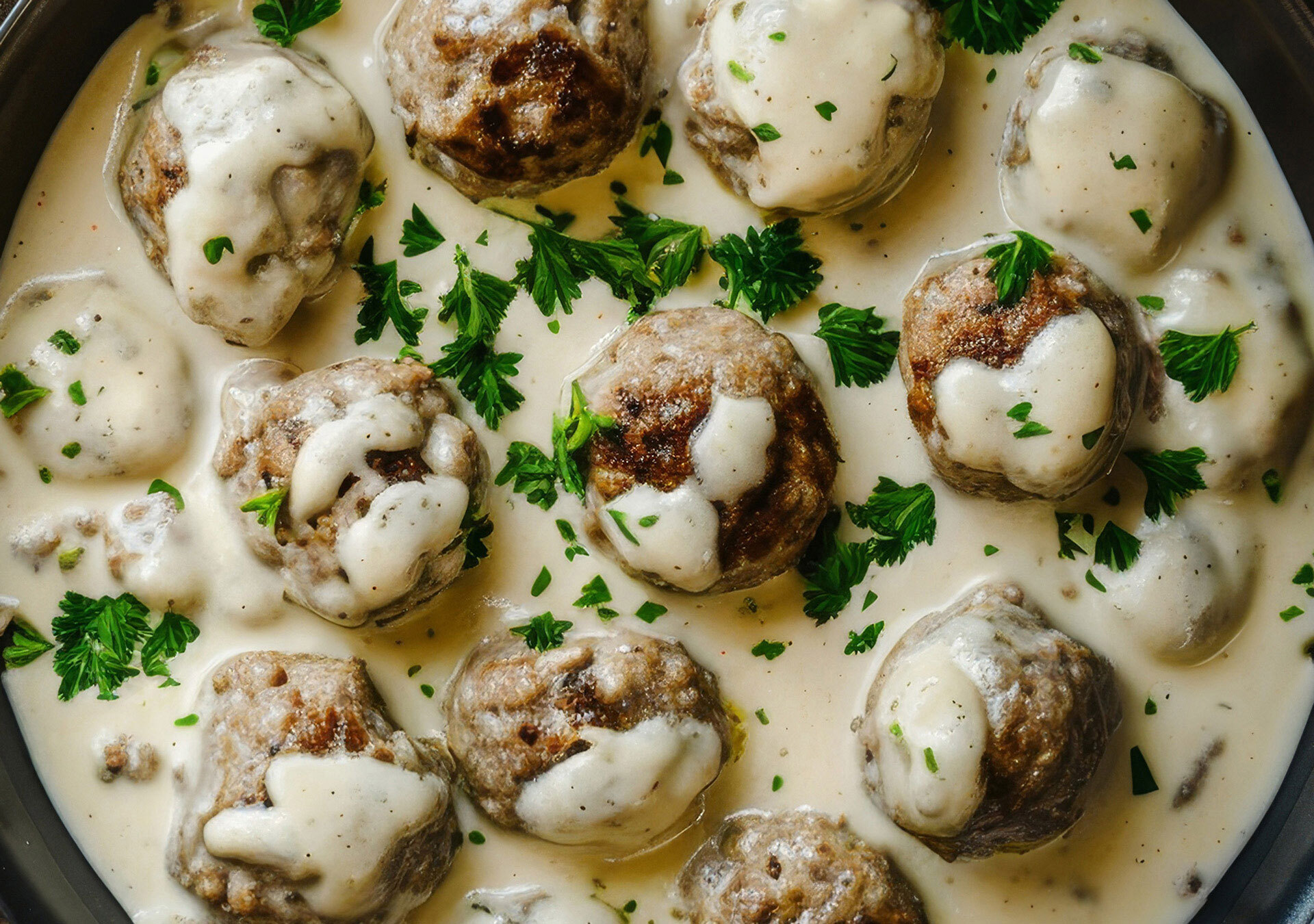
Storytelling through every sip and bite
Achieving this emotional significance is no small feat. The food and beverage landscape is crowded, making it increasingly harder for products to stand out based on ingredients or flavor alone. Today’s discerning consumers seek something deeper – a genuine experience. The challenge lies in transcending the ordinary, offering not just nourishment but an occasion that elevates the everyday.
Imagine a future where food and drink go beyond their roles as sustenance, becoming conduits for creativity, joy and connection. Where each bite or sip tells a story, evoking memories and creating new ones.
Together, we can craft food and drink experiences that aren't just consumed but are cherished, remembered, and, most importantly, craved.
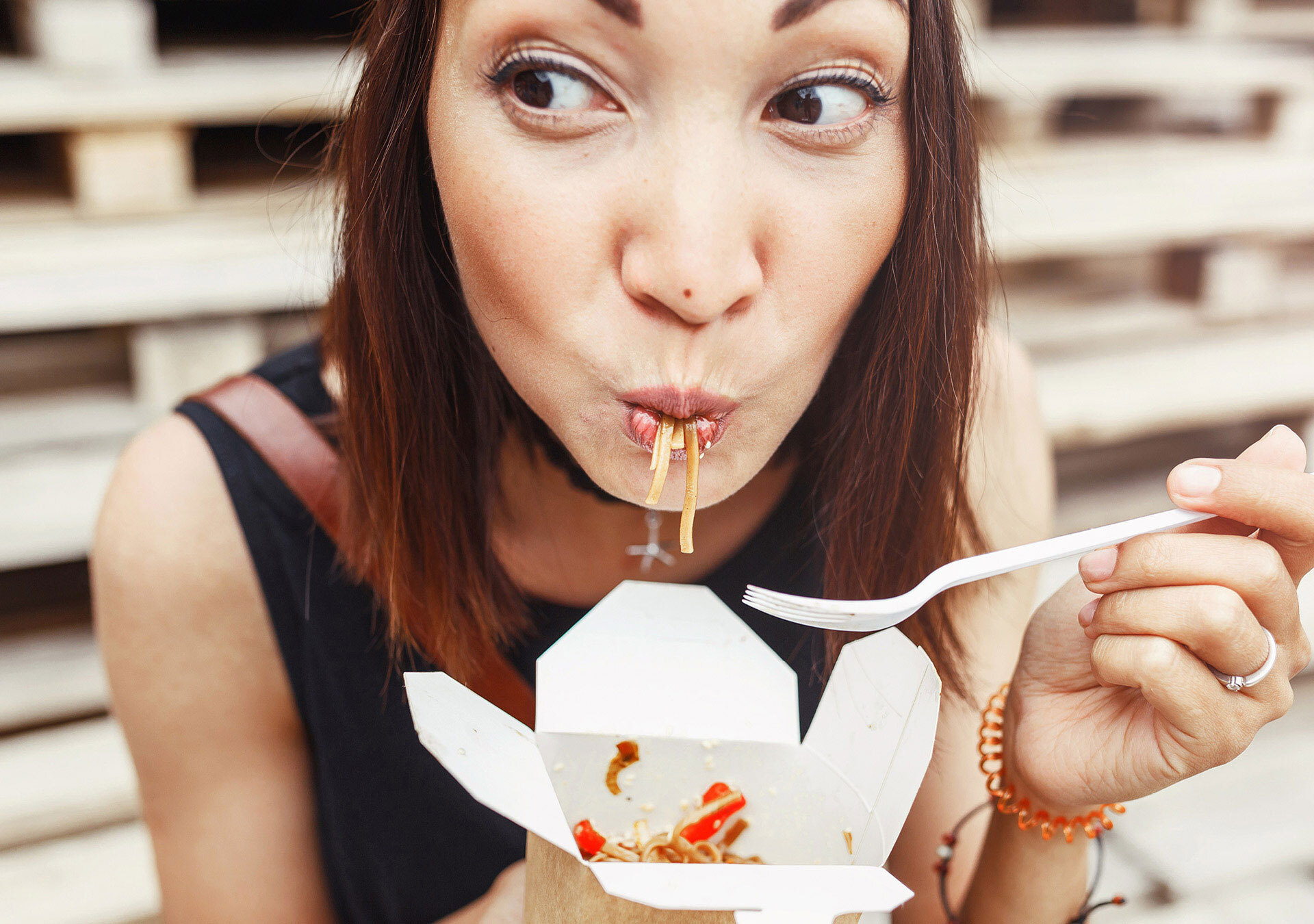
Perfecting the Trifecta of Taste, Texture and Visual Appeal

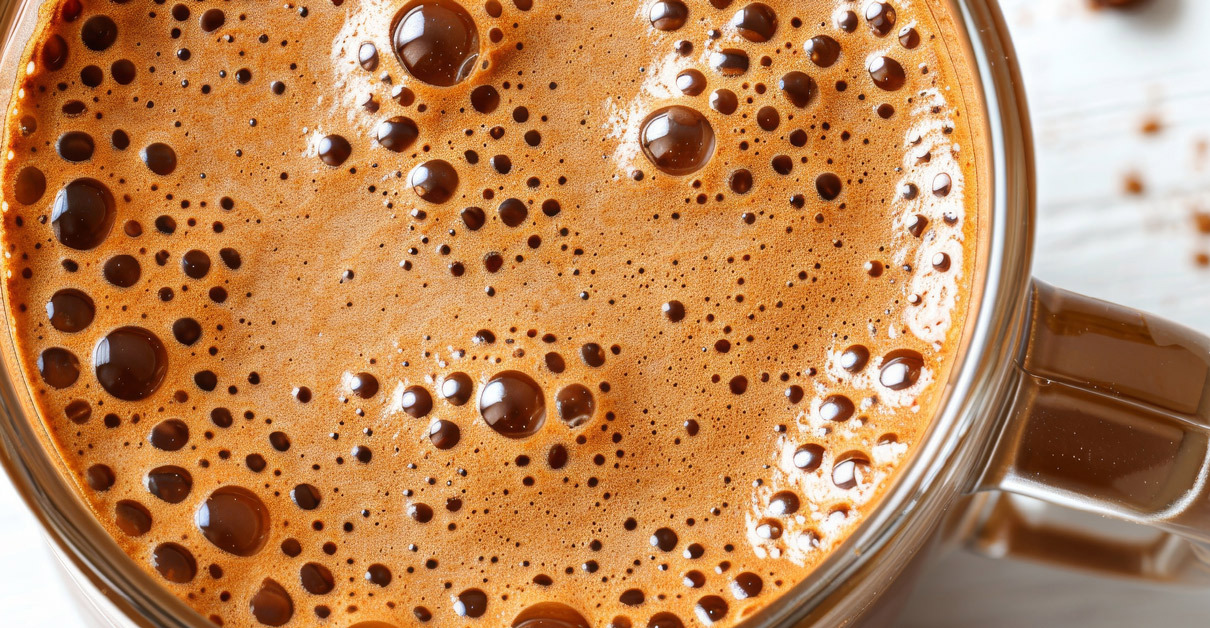
How it Works
Step 1: Choose from four key product development areas to achieve emotional desirability: Irresistible Aromas, Picture Perfect, Tantalizing Textures or Sense of Adventure
Step 2: Explore the top consumer emotions associated with each product development area, broken down by food and beverage category. For example, if you are developing a salty snack and want to explore Tantalizing Textures, the top emotions consumers crave are indulgent, soothed and satisfied.
Step 3: View each emotion that’s mapped to a taste descriptor to aid in product development choices. To keep using the salty snack example, indulgent taste descriptors for Tantalizing Textures could be rich, caramelized, drizzled or salty.
The result? You’ll know exactly what taste, texture and visual product attributes the product should have to keep customers coming back for more.
The result? You’ll know exactly what taste, texture and visual product attributes the product should have to keep customers coming back for more.

